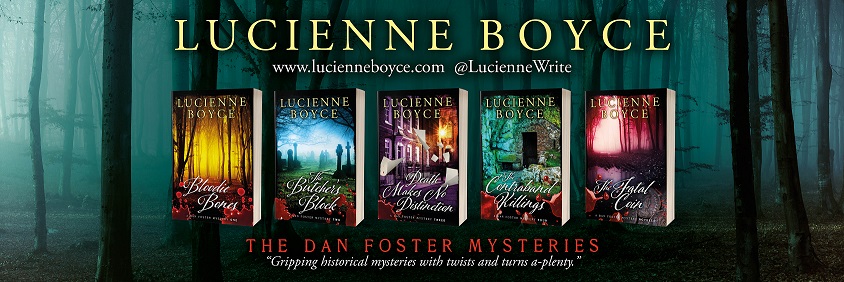Mabel
Tothill was a Quaker, a tireless worker for social reform , and a non-militant
suffragist. She was born in Liverpool and her family moved to Bristol when her
father retired from business. Mabel went to Clifton High School and later lived
in Clifton with her sister, but they moved back into the family home in
Cambridge Park, close to the Downs, after her mother’s death.
In the
1890s she was a member of the Bristol branch of the National Union of Women’s
Suffrage Societies (NUWSS), as well as the Independent Labour Party. Her labour
politics was to lead to a breakaway from the Bristol branch of the
NUWSS when in 1912 the NUWSS formed an alliance with the Labour Party. The NUWSS had lost patience with the Liberal government which stubbornly
refused to give women the vote, and had decided to work with the Labour Party
which they thought was now the party most likely to help women to the
franchise. However, many of the NUWSS's members weren’t happy about
this and a large number resigned. The Bristol branch did not welcome the new
pro-Labour policy and so Mabel Tothill, with NUWSS organiser Annie Townley, set
up a new branch in East Bristol. Mabel Tothill was elected President of the
East Bristol NUWSS.
In
1911 Mabel Tothill was one of the first women workers to move into the Bristol
University settlement at Barton Hill (see Note). The Barton Hill Settlement provided
meals, medical care and schooling for poor children on land which Mabel had
purchased and given to the Settlement. When the Clifton High School Old Girls’
Club, as charitably minded as Bristol university students, set up a club for
working girls, Mabel Tothill purchased a house for them in Hebron Street.
When
the First World War began, women workers were badly
hit by unemployment as people retrenched their expenses and sales of fashion
and luxury goods dropped. Women in the textile industries were particularly
affected. Mabel Tothill was involved in schemes to alleviate women’s
unemployment, such as offering training for unemployed seamstresses at Barton
Hill. Women’s war-time unemployment was, however, only a temporary issue.
Before long women were much in demand to take over men’s jobs as men joined or
were conscripted into the armed forces and there was no longer a need for such
schemes.
Mabel
Tothill had other work to do. Acting on the Quaker peace testimony to oppose
all war, she became secretary of the Bristol Joint Advisory Committee for
Conscientious Objectors. This group looked out for the interests of imprisoned
objectors, and campaigned against the war.
In
1915 Mabel Tothill was involved in controversy after she wrote a letter
referring to the Fellowship of Reconciliation, a pacifist organisation, on Barton Hill note paper.
This, together with her well-known involvement in peace work, was one of the
incidents that led to accusations against Bristol University that it was riddled
with pro-German pacifists. However, a Lord Mayor’s enquiry found no evidence of
pro-German sentiment at the University, and in order to avoid further
embarrassing the University Mabel Tothill left the Barton Hill Settlement.
Mabel
Tothill continued to campaign for peace. She set up a Bristol branch of the
Women’s International League for Peace and Freedom. In 1923 she took part in a
No More War Demonstration on the Downs.
After
the war Mabel Tothill stood as a Labour candidate for St Paul’s in the
municipal elections of 1919. By this time she had left the house in Cambridge
Park and was living in the much less salubrious Rosemary Street, which was
bombed during the Blitz and has now disappeared under Broadmead. Here she
helped found the Rosemary Lane Nursery
School for poor children, which still exists today as Rosemary Nursery School.
Mabel
Tothill argued that women were needed in local politics because they were
concerned in issues such as nursery provision, improved education for poor
children, and the need for new houses. Lloyd George had famously promised homes
fit for heroes to the returning soldiers, but it was not a promise that was
kept. As well as better housing, Mabel Tothill also campaigned for the
provision of bath houses, and public toilets for women – not a very exciting
issue perhaps but one that affected women’s ability to move around in public
spaces.
Mabel
Tothill was not successful in the 1919 election, but in 1920 she was elected
onto the city council for Easton Ward. She was Bristol’s first woman
councillor.
Unfortunately,
she lost her seat a few months later. She was however co-opted onto the city
council’s education committee and continued to work for education provision,
particularly for poor children.
In
the mid 1920s Mabel Tothill moved back to Clifton. She lived in Berkeley
Square, and then in Pembroke Road – where her home was burgled. She was a
governor of Badminton Girls' School in the 1930s. By 1939 she was living in
Sandford, a village in the parish of Winscombe, where she was active in the
local Women’s Institute, and a member of Winscombe Parish Council.
Mabel
Tothill, Bristol’s first woman councillor, died in 1964.
Note: Settlements originated in the Victorian era. They were often associated
with universities, and were established in poor areas as places where young educated
people could live while doing community work.

Comments
Post a Comment